Belvoir Castle: From Norman conquest to Regency prodigy
New discoveries in the archives at Belvoir are fleshing out the history of this outstanding castle. John Goodall delves into the fresh evidence for the development of Belvoir from the Norman Conquest to the eve of its wholesale reconstruction from 1800.

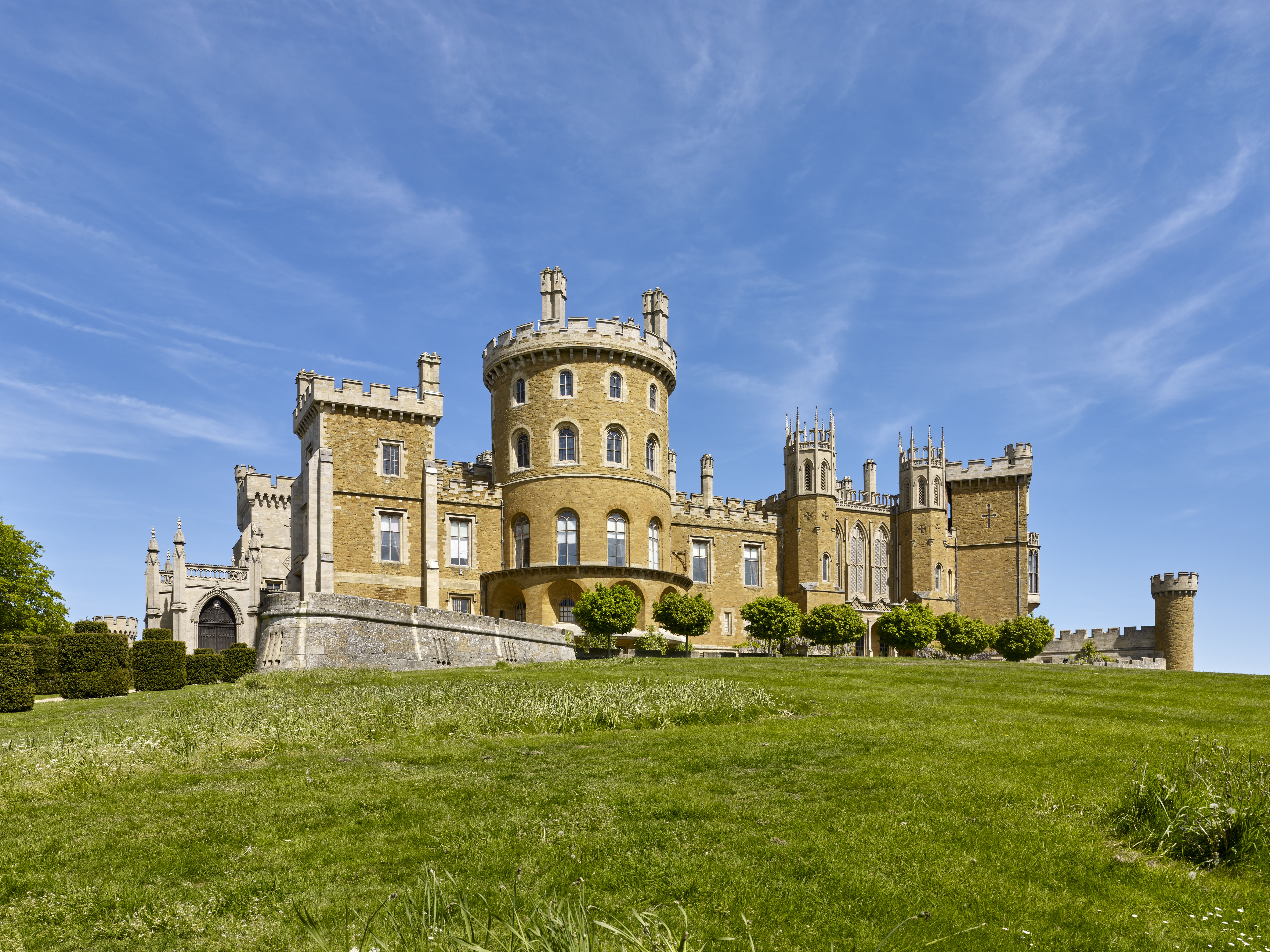
There are few buildings that command their setting in the manner of Belvoir. The views that give this hilltop its name extend across the heartlands of England and three counties: Leicestershire, Nottinghamshire and Lincolnshire. It is no surprise, therefore, that the site was occupied by a major castle in the 11th century and has been repeatedly remodelled on the grandest scale in the centuries since. Before attempting to address the subject of what Belvoir has been, however it is impossible to ignore what it is today.
The spectacular composition of towers, battlements and immense chimneys that confronts the modern visitor is one of the most expensive and fantastical creations of the Regency. Begun in 1801 to the designs of James Wyatt and completed more than two decades later by the amateur architect Rev Sir John Thoroton, it was a prodigy building even by the standards of this opulent age and cost the astonishing sum of £200,000.
Presiding over the work was the compelling leader of fashion Elizabeth, Duchess of Rutland, who also furnished the interior with the help of Wyatt’s sons, Philip, Benjamin Dean and Matthew Cotes Wyatt, as well as the finest craftsmen that London and Paris could supply. In the blunt words of the informed Society diarist Mrs Arbuthnot, writing in 1823, she ‘made the place, the Duke taking no part in the improvement’.
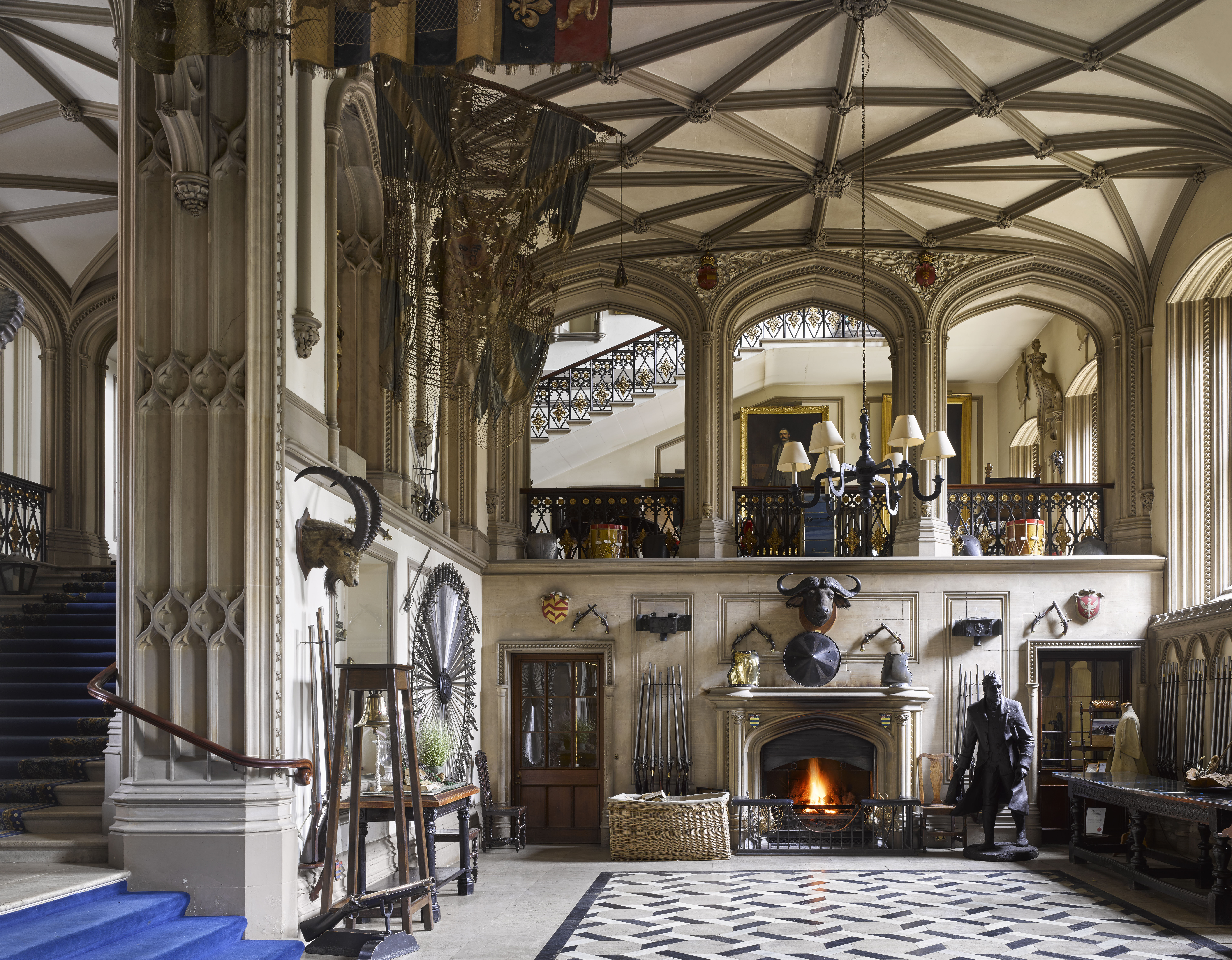
The story of this extraordinary Regency creation, still essentially preserved in the state rooms at Belvoir, has been described in Country Life before by both Christopher Hussey (December, 1956) and James Yorke (June 23 and 30, 1994), and contextualised by John Martin Robinson in James Wyatt (2012), but it’s worth relating again here from an unfamiliar perspective.
Preserved at Belvoir is the correspondence of a certain Bowyer Edward Sparke, a clergyman who served as tutor to the 5th Duke. In the late 1790s, he was living in Grantham with his wife and was a regular visitor to Belvoir, where he was busy organising the archives.
Sparke’s obsequious letters, lightly dusted with quotations in French, Italian and Latin, pursued the Duke on his travels around the British Isles. They contain solicitous enquiries after His Grace’s health, unflattering observations about the Irish, news about the war with France and informed analysis about church preferments. They were also clearly responded to, although the Duke’s letters do not survive.
Their narrative regarding the reconstruction of the castle properly begins on January 4, 1799, when the 5th Duke came of age after a minority of 12 years. Great celebrations were planned to mark the occasion and Sparke was keenly anticipating them two months earlier in a November letter: ‘Little else is talked about in this town or neighbourhood but your approaching Birthday; for my own part it has long occupied my sleeping and waking thoughts.’
Exquisite houses, the beauty of Nature, and how to get the most from your life, straight to your inbox.
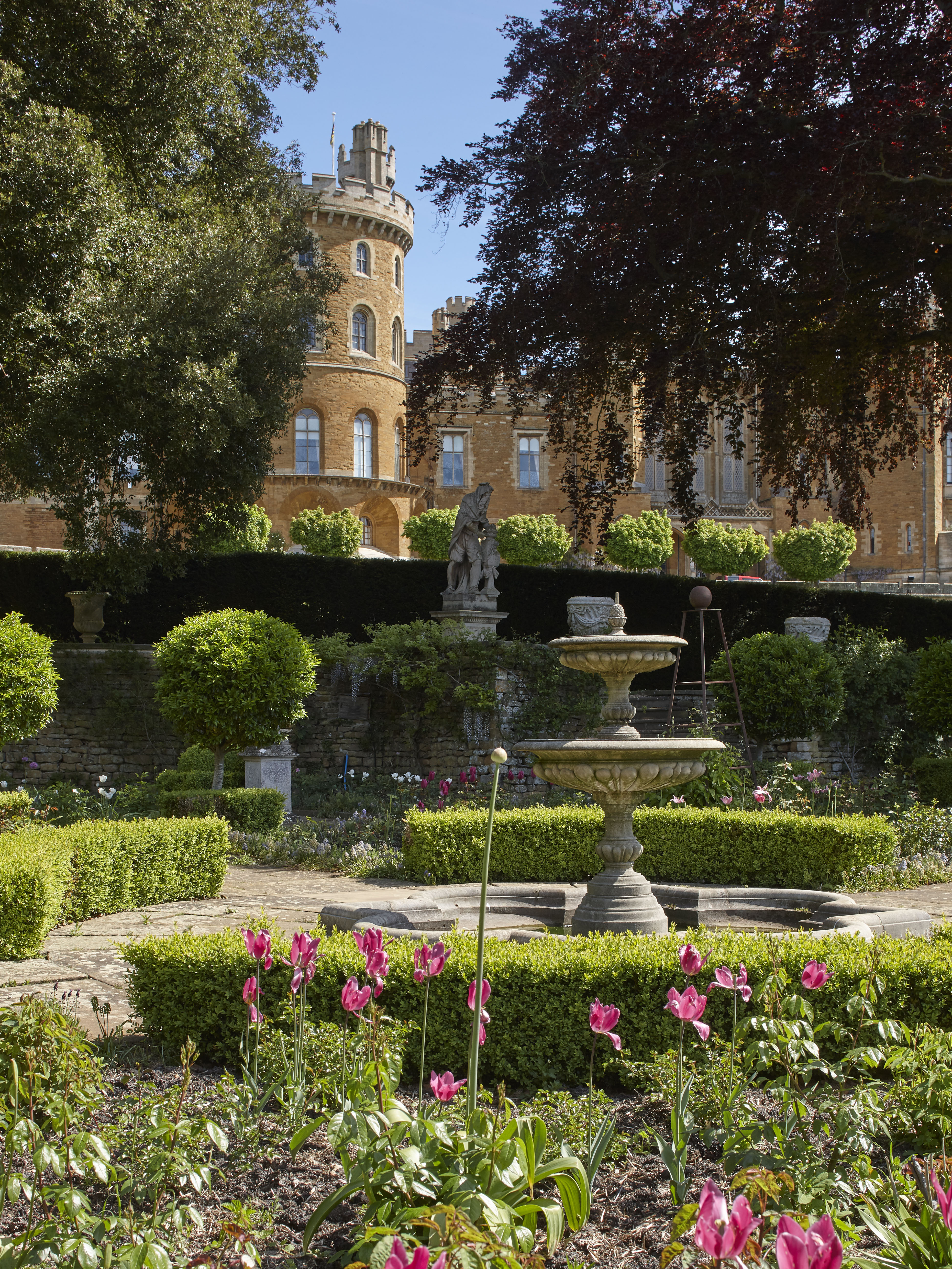
Sparke took the opportunity to compose a long letter urging the Duke to take care of his finances. Its sober advice was completely in contrast to the extravagant spirit of the occasion itself. Perhaps fortunately, as a postscript reveals, Sparke forgot to deliver the letter in the ‘hurly burly’ of the celebrations. Nor, one suspects, would the Duke have taken its contents to heart.
Within a month, Sparke was congratulating his patron on his forthcoming marriage to the 18-year-old Lady Elizabeth Howard. Following their spring wedding, the Duke returned to Ireland with his regiment and, in early June, Sparke had ‘the pleasure of shewing the lions at Belvoir… to Lord Newark… [He] seemed not to envy you the trouble which you must necessarily have before your residence can be rendered in every respect comme il faut’.
Clearly, plans for rebuilding Belvoir were under discussion, perhaps already initiated by the Duchess, who was, as tradition asserts, horrified by her new home.
A letter dated July 22 makes the first mention of an architect: ‘I am glad to hear that you mean to take the opinion of Wyatt the surveyor in the course of this summer; – it will I think be a great advantage, as well as a very pleasant thing to fix on some determinate plan as early as you can; – you may afterwards take your own time in carrying this plan into execution, and indeed it must require a very considerable time, and will afford you amusement for some years to come; – that part at least which relates to the improvement of your grounds.’
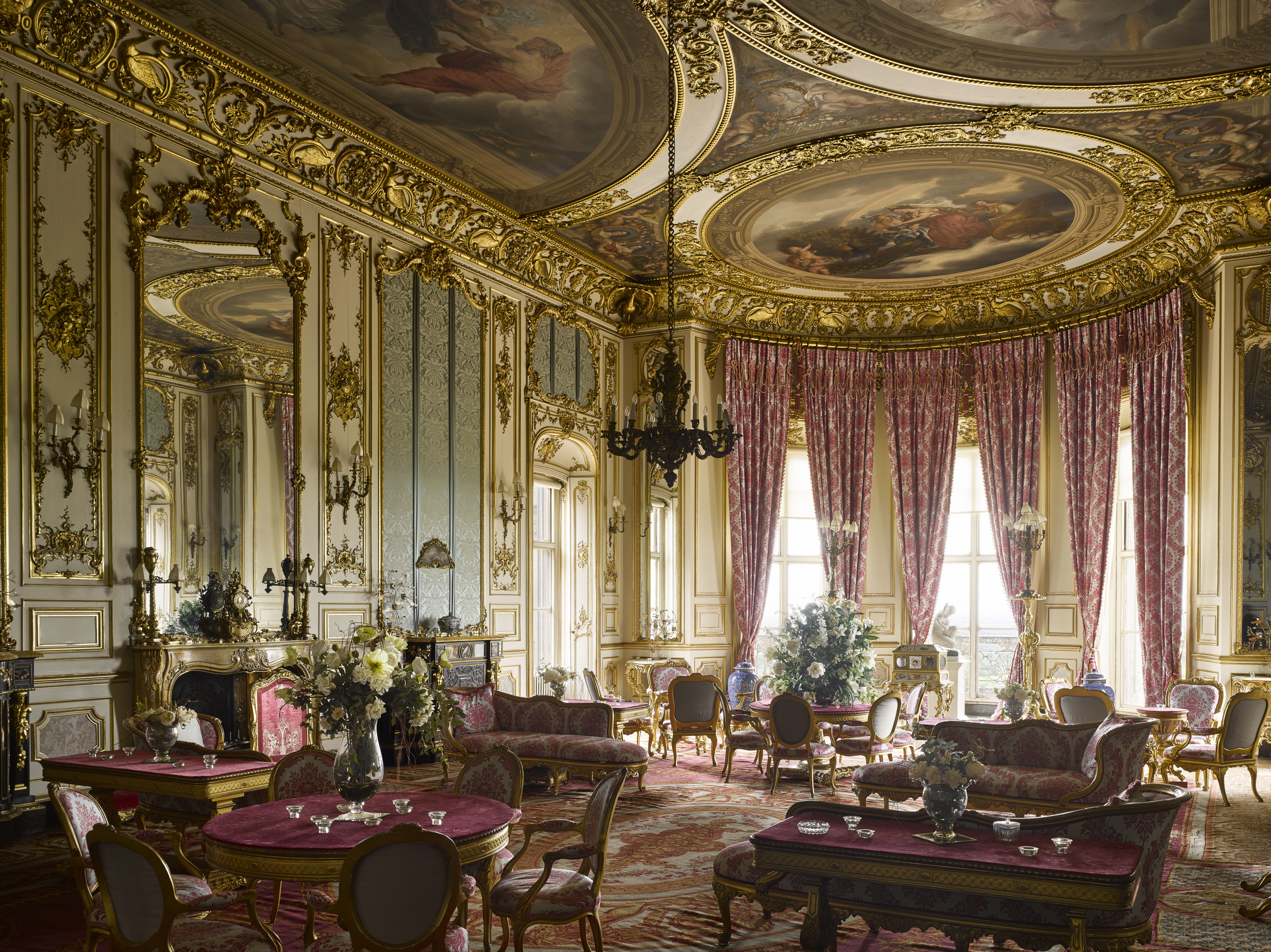
Wyatt was the fashionable architect of the moment and Sparke goes on to show that he is well acquainted with his reputation: ‘Wyatt (when left to himself) is apt to be very expensive so that, I should think it will be advisable for you to ascertain the limits of the expense you might chuse to incur… I don’t know whether you remember Mr Portman’s house near Blandford [Bryanston]; – it was built by Wyatt and, though not upon a very large scale, cost, as I have been told £30,000.’
Wyatt belonged to a dynasty of builders and it foreshadows future complications of understanding Sparke’s correspondence that the same letter continues with a reference to another Wyatt working on improvements to the wine cellar in the castle: ‘As for the plans of Wyatt secundus, they are not in such forwardness as might have been expected by this time.’
By the end of September, Sparke had been ‘expecting every day to hear of Mr Wyatt and Mr Mickle’s arrival at Belvoir’. When they did come, two weeks later, Sparke’s letter of October 15 makes clear that there were to hand several different plans for adapting the castle previously drawn up on behalf of the 4th Duke. Perhaps at this moment, the son was planning to honour his father’s building ambitions.

Hurrying to meet the architect, Sparke arrived at Belvoir to find that the Steward ‘had already shewn Trench’s plans to Mr Wyatt with which however he was by no means satisfied, but was very desirous of seeing Browne’s original designs, from which Trench’s were taken’.
A set of ‘Original tracings of Belvoir Castle’ by Capability Brown, dated 1779, survives in the archives (Mickle, incidentally, was Brown’s assistant). In October 1799, however, this folio was not to be found. Sparke ‘searched the Library very carefully, but to no purpose… Mr Wyatt was forced to content himself with Trench’s plans, which I should think may answer his purposes quite as well; – for in the beginning of his book (the seven first leaves) Trench has given a kind of facsimile, or copy of Brown’s designs… the misfortune is that Trench (for what reason I cannot imagine) has written his explanations in French, and with regard to Mr Wyatt he might as well have written them in Arabick: – finding this I took a sheet of paper and translated as much as was necessary’.
Wyatt took Trench’s plans away with him to London and there they may have disappeared. Certainly, no drawings annotated in French are preserved at Belvoir. A correspondence identified by the present archivist, Peter Foden, reveals that the 4th Duke met their creator, Col Frederick Trench, in Dublin and that the lost drawings dated to 1785.
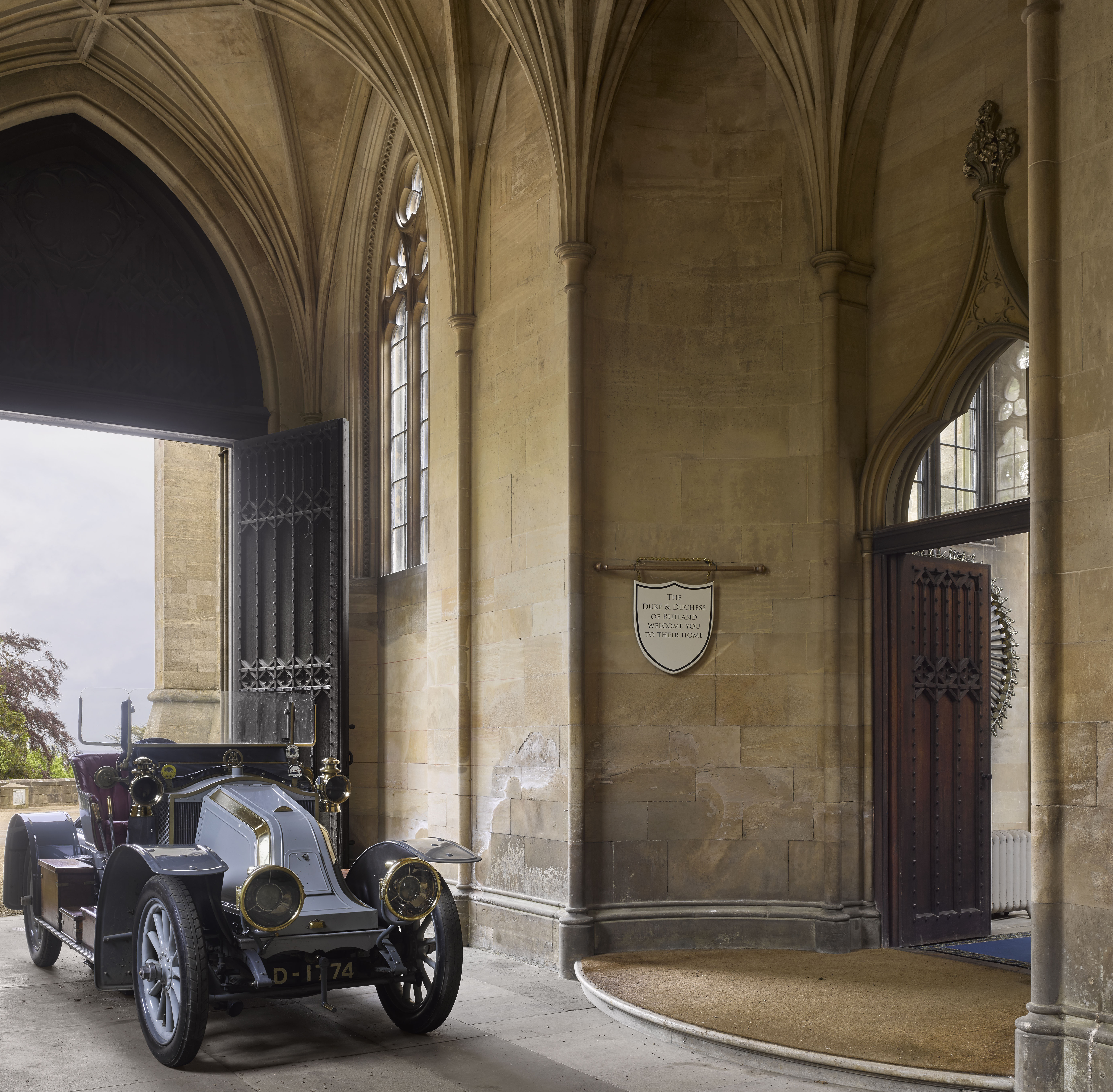
By August 1800, the Duke was evidently preparing his finances for the building work. Sparke remarked that the proposed sale of two estates would ‘set your Grace entirely at liberty [so that] you will soon be able to commence your plan of operations at Belvoir, without at all encroaching upon, or diminishing your present income’.
In his next letter, dated September 8, he commented: ‘I am delighted to hear that your alterations to Belvoir are to commence in the spring and I anticipate with pleasure the downfall of my great abhorrence – the picture room’, a reference to a freestanding gallery building linked to the castle by a bridge.
Work began on Good Friday 1801, but it was not until June that Sparke visited. ‘I was at Belvoir the day before yesterday and the business of demolition does not seem to have proceeded further than when last I wrote to your Grace: – the requisite preparations for rebuilding seem to be going on very well, but I think it is high time that they should begin. I was sorry to find that neither of the Wyatts have yet been there; – I do think it is a very strange and inexcusable piece of negligence.’
They came about two weeks later and, on July 10, Sparke reported: ‘The Elder Wyatt proves much more communicative than I had supposed, knowing him to be so great a man; – I am exceeding glad that your Grace has taken his opinion before the work proceeded any further, as his taste is so exactly adapted to a thing of this kind.
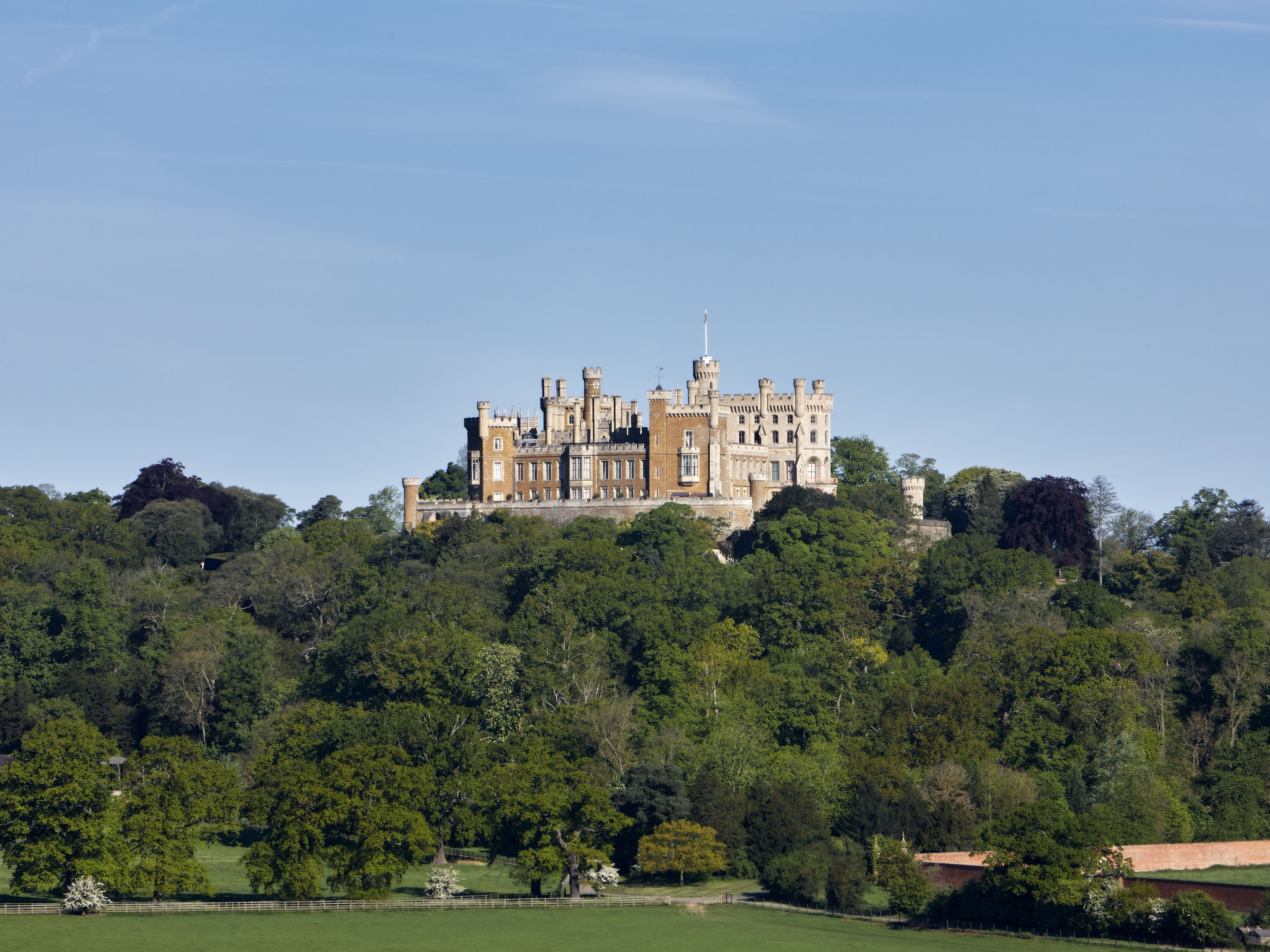
‘He at once perceived at a glance of the eye what the nature of the situation requires: – he laughs at the idea of a Grecian building (according to Brown’s plan) or indeed of any regular building upon such an eminence, when he says there should be nothing but a castle, or at least what has the appearance of a castle, and the more rough and broken the appearance is, the more striking will be the effect.’
It is quite clear from this account that not only had Sparke never met Wyatt, but that the ‘great man’ had never been to Belvoir before. This seems impossible, given the Wyatt visit in September 1799, but the letter goes on to solve the difficulty: the Wyatt of the previous visit must have been James’s brother, Samuel (actually the elder of the two).
He evidently had some hand in the provisional plans that James now refined; as Sparke explains: ‘I do not find that there is much difference of opinion between them; – the chief thing seems to be that the dining room will be four feet wider than S. Wyatt had made it… J. Wyatt has had full time enough to examine every particular relative to the situation and to arrange his ideas, which I now long to see on paper.’
From 1801, Sparke’s advancement in the church detached him from events at Belvoir (he died as Bishop of Ely in 1836). Almost his last comment on the castle in the surviving correspondence occurs in a letter dated September 29, 1803, when he was ‘greatly pleased to observe the rapid progress which has been made at Belvoir this summer’.
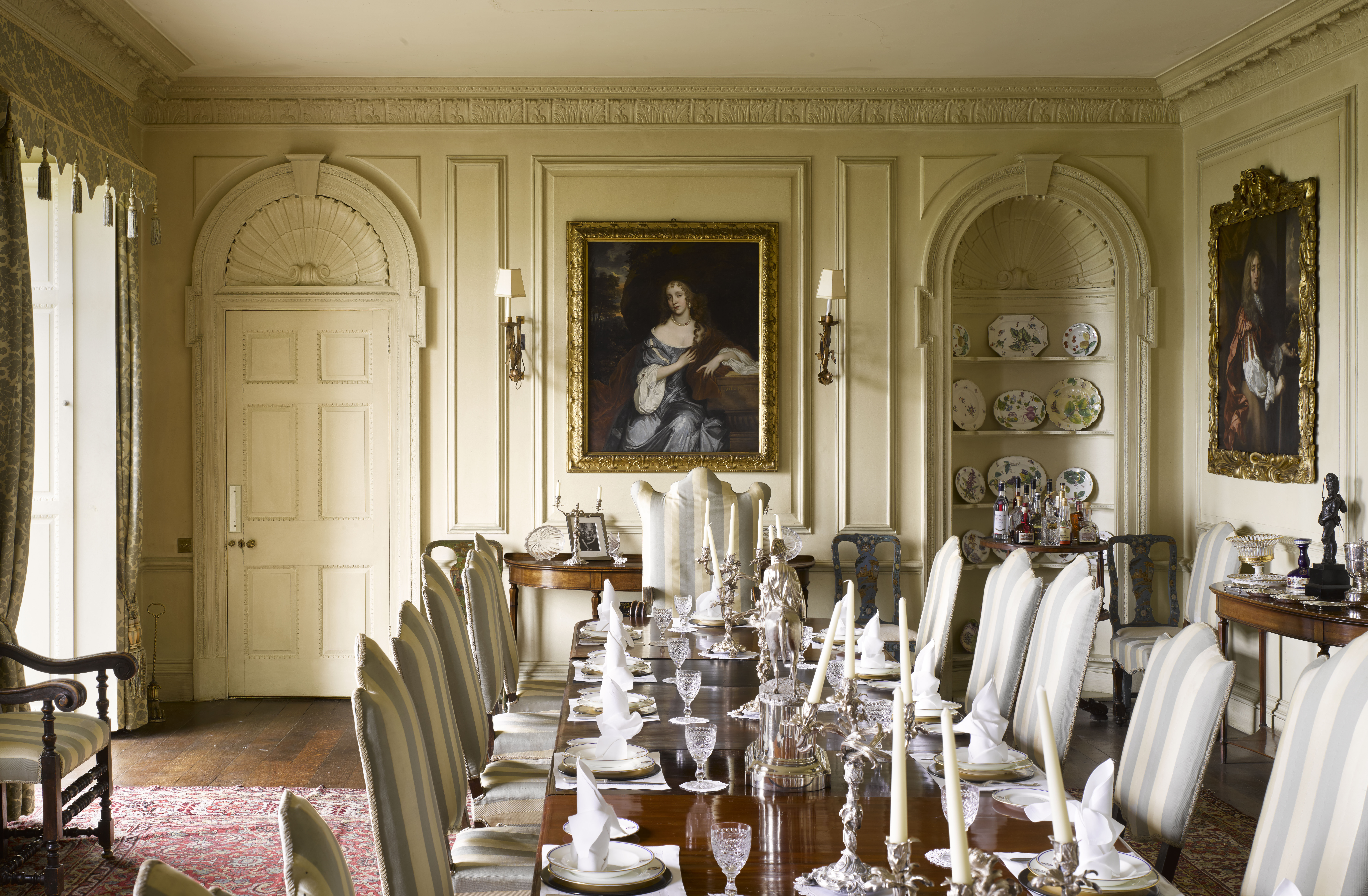
He continues: ‘I was surprized to find that the Old Chapel had totally disappeared, not knowing that it was to be taken down entirely. The end tower is nearly finished, and makes a very handsome appearance; one may now form some idea of the whole building, at least on that side – it will be a most magnificent place and a residence worthy the owner of it.’
The remainder of the story is well known. By 1813, the Duke and Duchess welcomed the Prince Regent and his brother, the Duke of York, to the castle. In the same year, Wyatt was killed in a carriage accident. Then, on October 26, 1816, a fire devastated the entrance range of the castle with its hall, great staircase and contents. The hero of the hour was John Thoroton, an illegitimate son of the 4th Duke, who saved the Rutlands’ children from the flames. He then assumed responsibility for the rebuilding.
It is worth observing that Thoroton’s epitaph at Bottesford actually claims he had an architectural role at Belvoir from the start of the work. In this regard, it is notable that, in a letter of October 15, 1799, Sparke refers to ‘Thoroton’s Chateau a la Druide’. Just as Wyatt arrived later than might be expected at Belvoir, so, too, may Thoroton have arrived earlier.
Thoroton’s additions include the sequence of entrance corridor, Guard Room, staircases and gallery that greet visitors so spectacularly when they enter today. Their idiomatic Gothic design is in striking and satisfying contrast to the great neo-Classical interiors created by the Wyatts, such as the Elizabeth Saloon, the Regent’s Gallery and the Dining Room.
The Gothic style was not only appealing for patriotic reasons as an expression of Britain’s inherited political and social order, but also celebrated the romance and history of Belvoir itself.
Belvoir Castle was one of the first generation of castles that secured the Norman conquest of England. The French derivation of its name strongly implies that it was established on an unoccupied site. It is not hard to understand why this hilltop was chosen: it is naturally defensible and quite exceptionally prominent, straddling the Leicestershire and Lincolnshire boundaries and commanding two major medieval thoroughfares: the Fosse Way and the Great North Road.
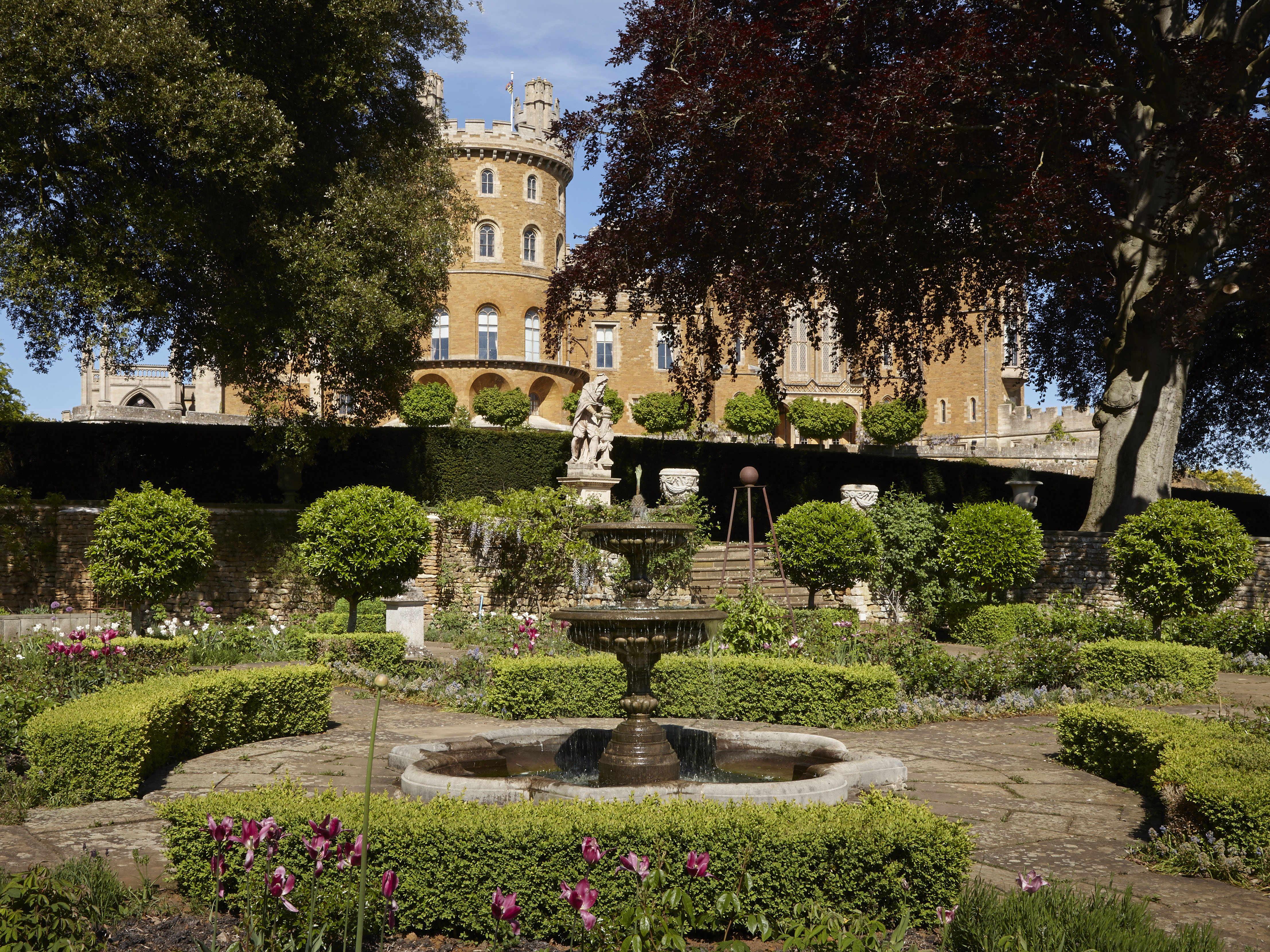
The founder of the castle was one Robert de Tosny, a relative of a particularly close associate of William the Conqueror, Ralph de Tosny (who, by tradition, refused to carry the Norman standard at Hastings because it would interfere with his desire to fight).
In typical Norman fashion, the castle came into being with a settlement at its gates, as well as a monastic foundation: Belvoir Priory. The priory was founded independently in 1076, but, in 1088, was transformed into a cell of St Albans Abbey.
The Domesday survey of 1086 does not explicitly mention Belvoir, but it does record the disruptive reorganisation of surrounding property into an estate – a so-called honour or castlery – that made possible the construction, maintenance and long-term operation of the greatest castles. So, for example, one nearby Anglo-Saxon landholding is described as having been fragmented and distributed into the hands of 10 ‘foreigners’, presumably in return for knight service to the castle.
In the early 12th century, Belvoir passed by marriage into the hands of William d’Aubigné and then, after a brief minority, to his son William D’Albini in about 1172. The latter was an important figure in opposition to King John and, in 1201, he was permitted to retain possession of Belvoir on condition that he render his own son up as hostage.
In May 1203, he was permitted to repair the walls, brattices, gates and ditch of the castle. This threadbare description is all that is documented of its physical form at the time.
By 1215, d’Albini was in open rebellion against the King and is named as one of the 25 baronial leaders in Magna Carta. He went on to command the garrison of Rochester, which fell after an exceptionally bitter siege. His capture and the threat of execution persuaded Belvoir to submit to the King.

In the mid 13th century, the d’Aubingé inheritance was combined, by marriage, with that of the Roos family, Lords of Helmsley, Yorkshire. A royal licence of 1267 to enclose ‘Belver’, Lincolnshire (presumably, although not certainly, Belvoir) with a dyke and wall of stone may suggest that some rebuilding took place soon afterwards.
It is clear from occasional administrative documentation, such as the issue of charters,that the Roos family continued to reside occasionally in the castle until the Wars of the Roses in the 15th century.
In 1464, Thomas, Lord Roos, a Lancastrian supporter, was executed. Belvoir was among his confiscated estates that were granted to William, Lord Hastings, a faithful supporter of the Yorkist King, Edward IV.
According to the antiquary John Leland, writing in about 1540, when the new lord of Belvoir came ‘to peruse the ground and to lie in the castle [he] was suddenly repelled by Mr Harrington, a man of power thereabouts and a friend to Lord Roos. Whereupon the Lord Hastings came thither another time with a strong power, and upon a raging will, spoiled the castle, defacing the roofs and taking the leads of them… Then fell all the castle to ruin, and the timber of the roofs uncovered rotted away, and the soil between the walls at the last grew full of elders’.

The ruin of Belvoir probably took place after 1471, when Lord Hastings became the effective regent of the Midlands. To express his authority, and at the expense of ancient lordships such as Belvoir, he reorganised his landholdings administratively around three completely new castles – Ashby de la Zouche, Kirby Muxloe and Bagworth – and the royal castle of Nottingham.
His murder in 1483 compromised this project, but it cast very long shadows: some of the dynastic hostilities it engendered shaped the loyalties of those involved in the Civil War two centuries later.
If the ruin of Belvoir was politically motivated, so, too, was its repair in the early 16th century by Sir Thomas Manners, Lord Roos. He entered the royal household and his skill at jousting helped him form friendships with Henry VIII and his intimate circle.
Such was the favour in which Sir Thomas was held that, in 1525, he was created Earl of Rutland, a title that all but demanded the restoration of his nearby family castle. Small surprise, therefore, that, in 1528, the King’s mason, carpenter and plumber were dispatched to Belvoir to assess the state of the building and the cost of repairs. What work followed is uncertain, but, a decade later, the dissolution of the monasteries strengthened the Earl’s interest in the castle.
In March 1539, in return for the sale of property to the King (including the Earl’s favourite house of Elsinges Manor, Middlesex), he received at least 14 manors, mostly in Leicestershire, and the property of several monasteries, including Rievaulx Abbey, close to Helmsley Castle (which they already possessed), Belvoir Priory and Croxton Abbey.
This large-scale exchange coincided with a brief invasion scare caused by the temporary alliance of Europe’s Catholic powers against Henry VIII. Royal castles were surveyed and a massive campaign of coastal fortifications begun. At the same time, there was a concerted effort to transform now-empty monasteries either by sweeping them away or adapting their buildings as residences. Particular energy was focused on the demolition of their churches.
It was entirely in the spirit of the moment, therefore, that the Earl was in residence at Croxton Abbey during the summer of 1540, where his son and heir was born. Also, that, at the same time, he was adapting the castle with materials from Croxton: in November 1540, a building account notes ‘four dayes kastyng downe stone at the abbay chirche for the new cawse in the kastel ward’.
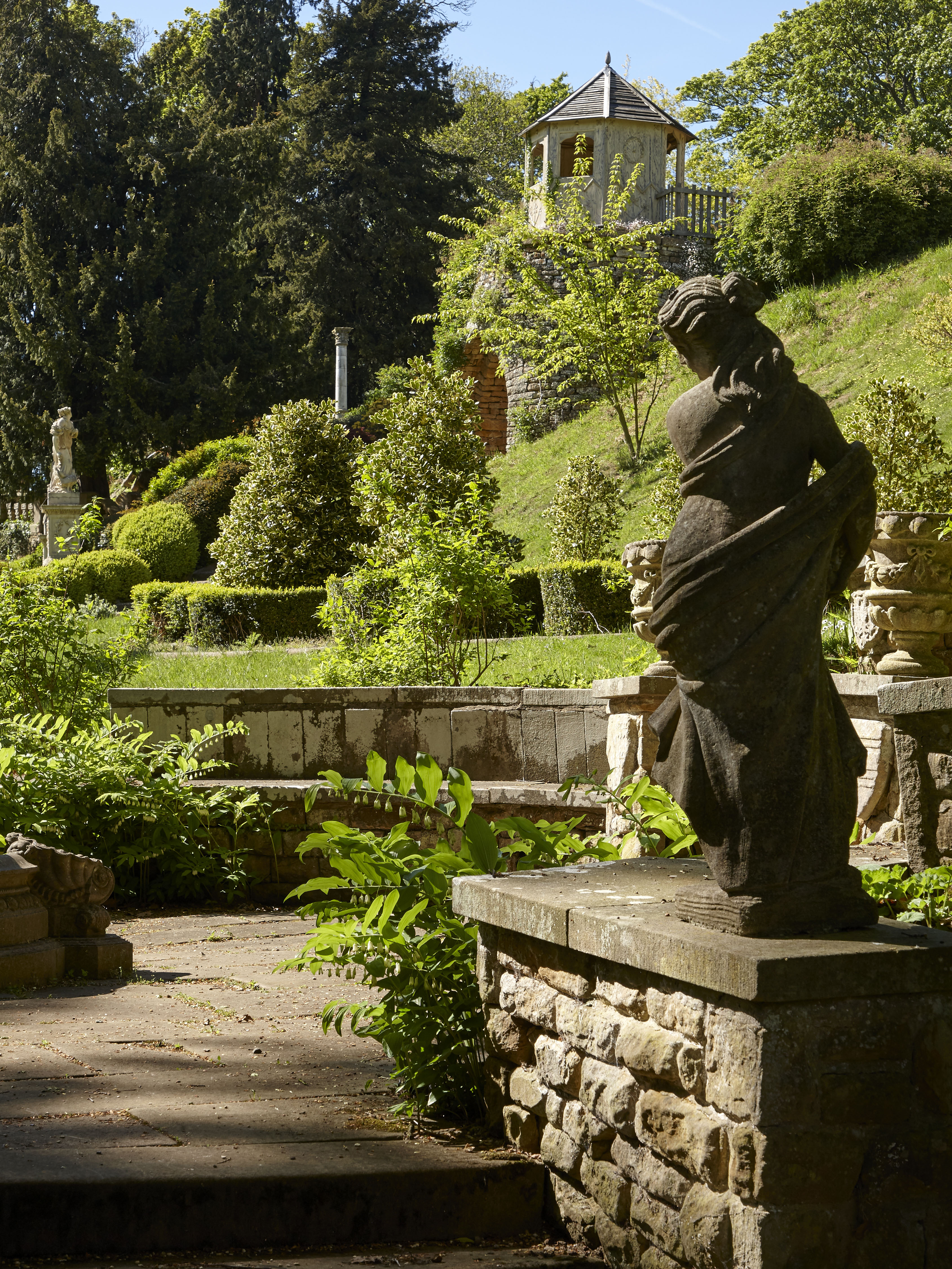
Belvoir Priory, just north of the castle, was perhaps largely razed at the same time, although some of its estate buildings survived at least into the 1540s.
Building work was still under way at Belvoir in 1542–43, when a surviving account book records changes to the wardrobe and the chambers over it, a new counting-house window, battlements over the gate, the ironwork of the great gate, the thatching of the courthouse, the construction of ovens and a brewhouse, and the transport of stone, lime and plaster to Belvoir. Much of this material came from Croxton, including paving stones for the entry of the hall and main entrance. Another notable addition was a wooden banqueting house brought here from Nottingham Castle, which offers evidence of work to the gardens.
The same account also suggests that the castle had now become the focus of the Earl’s administration for the first time (although he was serving from 1542 in the north of England as Warden of the Northern Marches). There are, for example, payments for the delivery of letters between the Earl and his Countess and expenses relating to the former’s will, written in August 1542.
This also details payments to members of the Earl’s household although, curiously, many of the offices it lists do not have named incumbents.
Even as these works were going on, the Earl was recalled from Scotland on account of ill-health. He died at Belvoir and instigated the long family tradition of being buried at nearby Bottesford Church in 1543.

He died enormously rich and the castle he knew is described by Leland as ‘fairer than ever it was. It is a strange sight to see by how many steps of stone the way goeth up from the village to the castle. In the castle be two fair gates. And the dungeon is a fair round tower now turned to pleasure, as a place to walk in, and to see all the country about, and railed about the round wall and a garden plot in the middle’.
This last descriptive detail offers the first unequivocal evidence that the castle possessed a dominating mound, termed a motte. It is likely that such a motte was created when the castle was first built in the 11th century and that its location to the south-west of the present castle can be precisely identified with reference to the 1779 surveys of Capability Brown. It was quite common from the 12th century onwards to fortify the summit of a motte with a wall.
An impression of what Leland’s ‘dungeon’ looked like is provided by an image of the castle on a tapestry map of Nottinghamshire, commissioned by Mary Eyre in 1632 (now at Nottingham Castle Museum). The tower has a distinctive zig-zag outline, which probably indicates flights of steps at wall-walk level rising to projecting turrets. Behind this structure are ranges known from later sources to have enclosed the castle courtyard.
Belvoir remained one of the most important residences of the Midlands and its courtyard buildings were much adapted to accommodate visits by the Stuart kings James I and Charles I. Some of this work in 1625–27 was overseen by London-based surveyor John Thorpe and there survives a drawing of the east elevation of the hall range as remodelled. This is not an architect’s drawing, as has been proposed, but part of a detailed herald’s brief offering alternative schemes of arms.
In the Civil War, Belvoir was a Royalist base and at the heart of bitter fighting. In May 1649, Parliament ordered that the castle be rendered indefensible, however, those sent to inspect the demolition work two months later declared themselves ‘not to be soldiers’ and were uncertain if enough had been done.
It is a mark of how much was left that, when the castle began to be rebuilt from 1655, on the most opulent scale, under the direction of John Webb, the older courtyard buildings were effectively cannibalised.
Webb’s residence was improved on an even more splendid scale in the 18th century by the Manners family, who were the Dukes of Rutland from 1703.
To Daniel Defoe’s eye, in the 1720s, the castle seemed ‘a palace’ and the family’s wealth, rooted in lead mines and coal pits, limitless. There are tantalising glimpses of the changing face of the interior and a recently discovered sketch of an allegorical scene, including Apollo and the Vices, signed by French artist Boitard may record a finished early-18th-century painted scheme.
The Regency remodelling of the castle from 1801 almost completely created the building we are familiar with now. Some rooms incorporate earlier fabric, others, such as the chapel, were completely rebuilt on the site of their 17th-century predecessors.
The castle and its setting, however, continue to develop in important and remarkable ways. Most recently, from 2013, the present Duchess has overseen the replanting of 500 acres of the estate according to the landscaping plans of Capability Brown, as well as work to the formal gardens beside the castle. Meanwhile, last year, the 19th-century Engine Yard immediately beneath has been restored and opened as a retail village.
This all shows Belvoir Castle is still a focus for dynamic and innovative change.
Visit www.belvoircastle.com and www.engineyardbelvoir.com for more information.
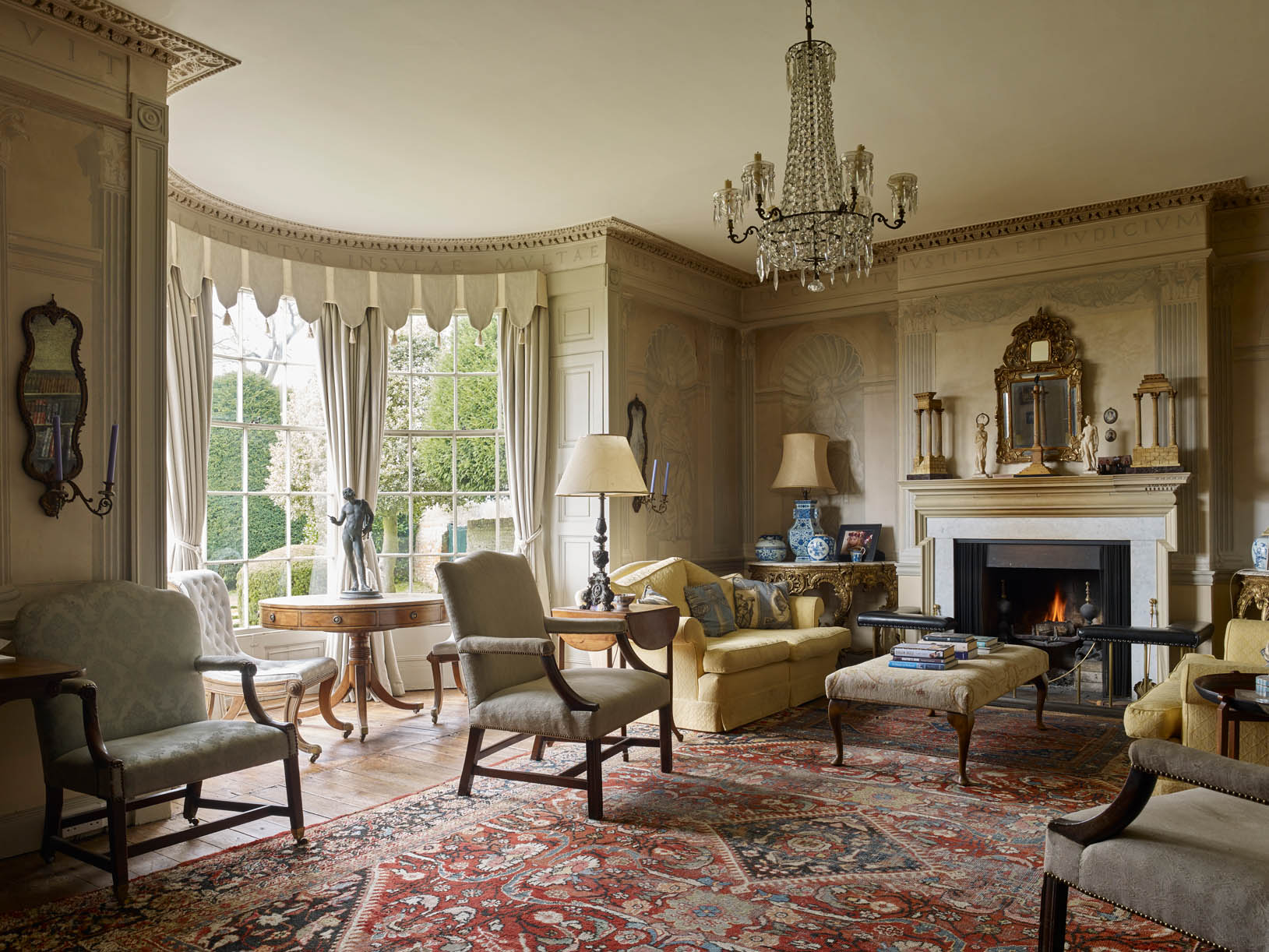
A rare look inside Higham Hall, home of the Prince of Wales’ favourite architect Quinlan Terry
Higham Hall in Suffolk is the home of Quinlan Terry, the favourite architect of HRH The Prince of Wales and
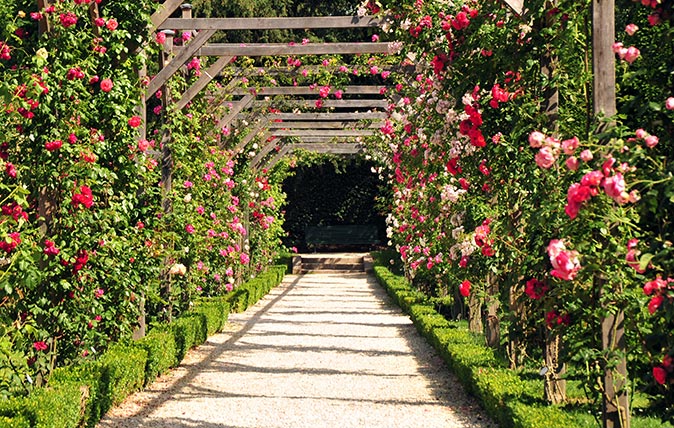
Credit: Getty
A peek behind the scenes at France's annual rose extravanganza at the Parc de Bagatelle
Charles Quest-Ritson, quite literally the man who wrote the book on roses, reveals what goes on at France's annual Concours
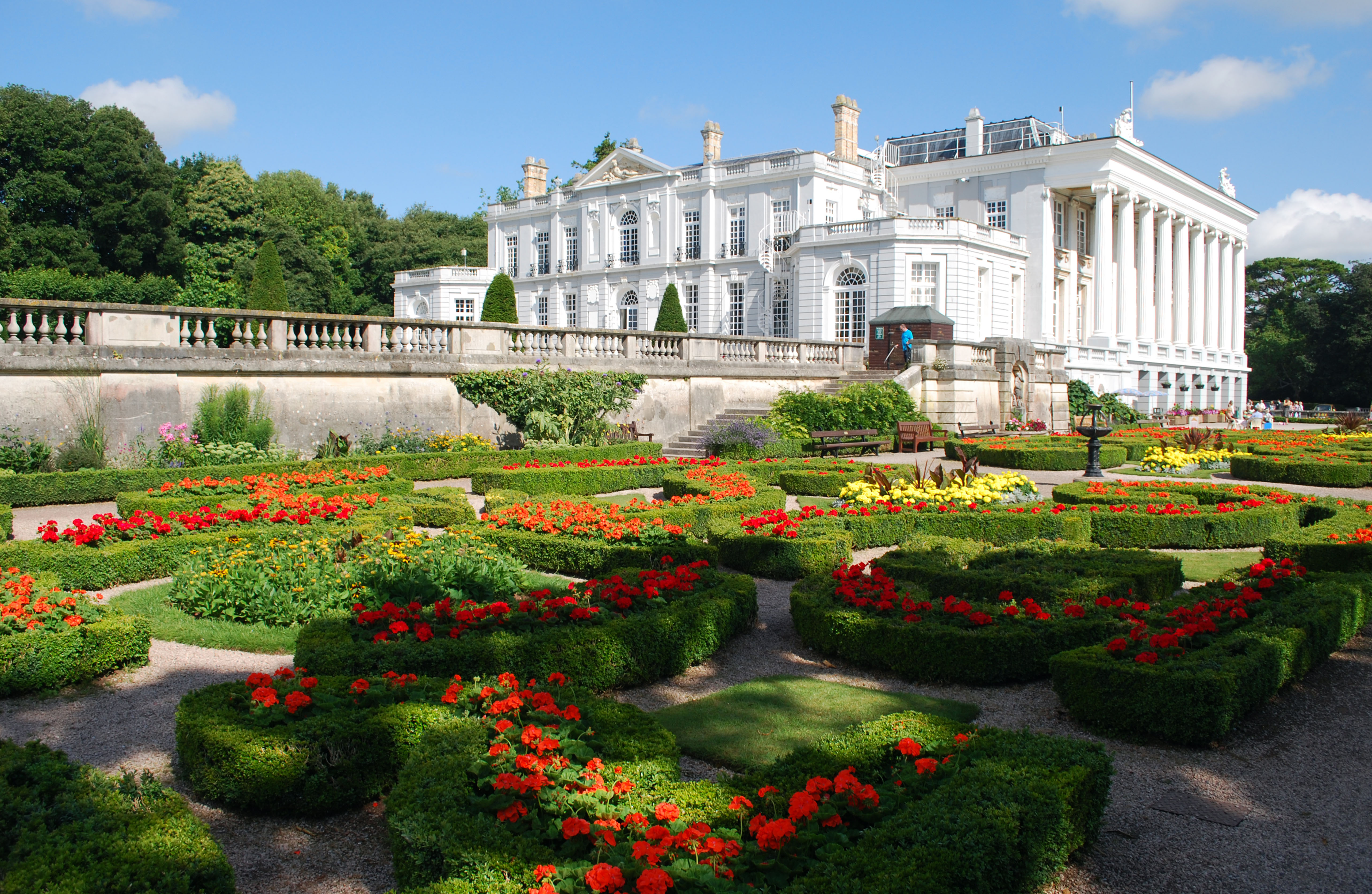
The Devon Mansion that dreamt it was Versailles
An outstanding, but little-known treasure faces an uncertain future. Marcus Binney looks at the notable history of this house and
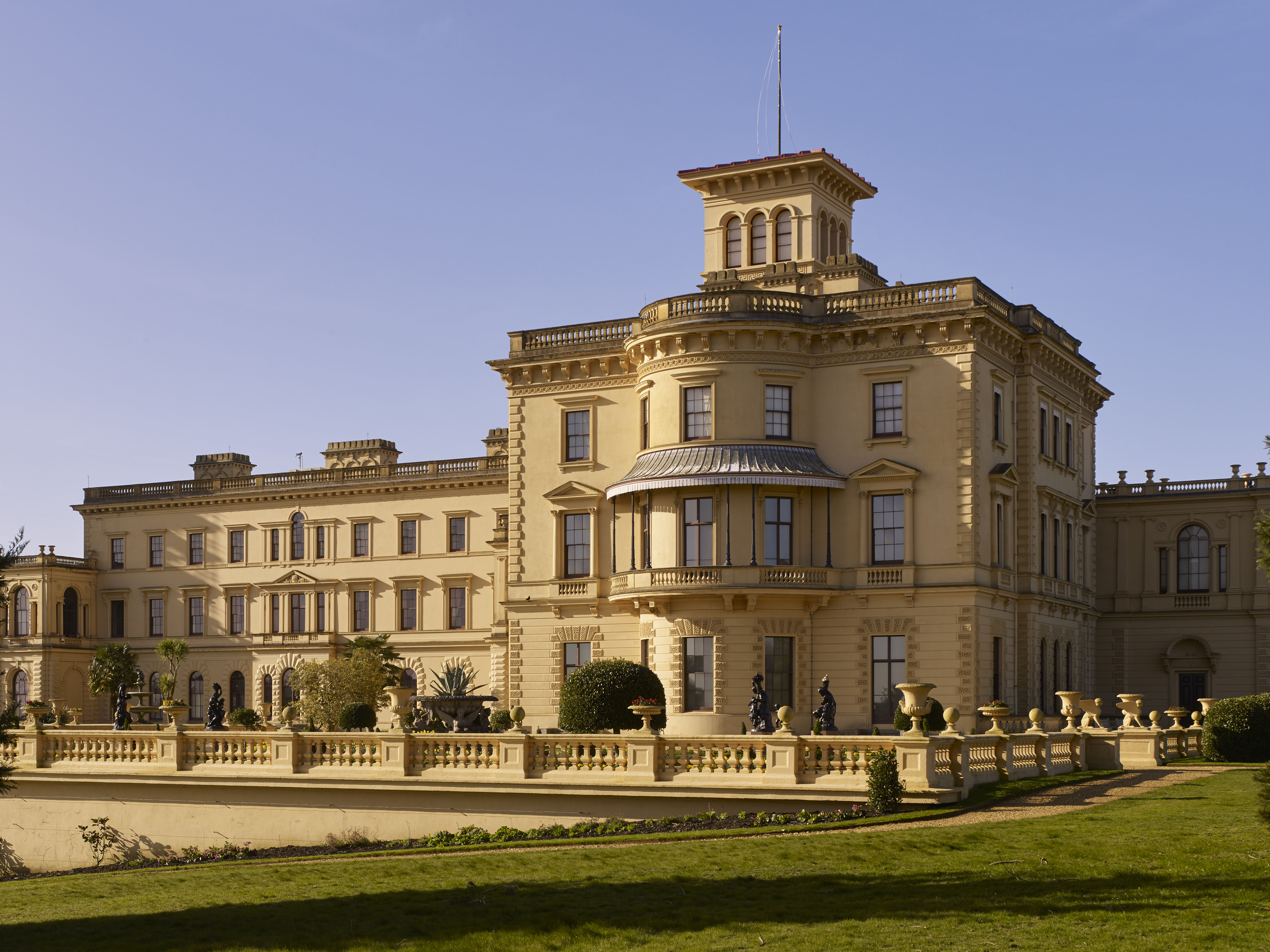
Osborne House: Victoria and Albert’s Italian getaway on the Isle of Wight
The search for privacy and peace encouraged Queen Victoria and Prince Albert to create an Italianate seaside villa. It offers

John spent his childhood in Kenya, Germany, India and Yorkshire before joining Country Life in 2007, via the University of Durham. Known for his irrepressible love of castles and the Frozen soundtrack, and a laugh that lights up the lives of those around him, John also moonlights as a walking encyclopedia and is the author of several books.